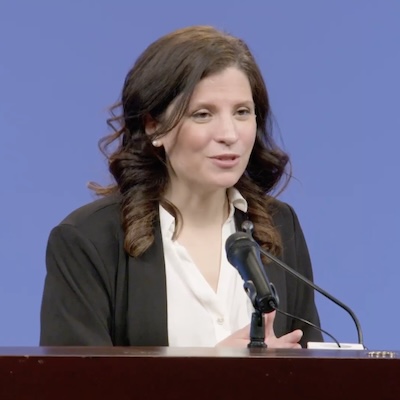Stations share how they’re reaching new audiences during the pandemic

Some public radio stations have been testing strategies to reach audiences that don’t tune into their broadcast channels.

During a webinar Tuesday, two leaders at KPCC in Pasadena, Calif., and WFDD in Winston-Salem, N.C., described steps they’ve taken in response to COVID-19 that have enabled them to provide information and other assistance to underserved audiences in their communities.
KPCC used direct mail to reach new audiences, said Chief Content Officer Kristen Muller. The station teamed with researchers at the University of Southern California to identify households that likely have limited internet access and created a special mailing with urgent information related to the pandemic.
“The discrepancies between people who have Internet access and who don’t have Internet access are extreme,” Muller said of why the station decided to use mailers. “We can’t expect these people to just turn on the radio, listen, start a new habit.”
The mailers included information about matters such as filing for unemployment and seeking COVID-19 testing. They also included games and activities for kids, such as a project involving taking selfies with a cutout microphone. The mailings were sent to 12,000 households.
WFDD has been publishing a Spanish-language version of its live blog during the pandemic, Assistant GM Molly Davis said.
The station was able to launch the blog quickly because three WFDD staffers are either fluent or highly proficient in Spanish, Davis said.
“We know that it is our mission to provide vital information to everyone in our community, not just your stereotypical public radio listener,” Davis said. “We need to reach everyone. And we have a significant Hispanic and Latinx population in our community, so when that information is lifesaving, we know we need to get it out to everyone.”
Through a partnership with an area food bank, WFDD launched a fundraising campaign that invites listeners to donate gifts that provide backpacks of food to children in the community. WFDD usually does the campaign at the end of the year, but because of the pandemic, its leaders decided to offer the food donations during the spring drive.
The campaign enabled the station to fill 1,300 backpacks, the equivalent to the food provided during WFDD’s 2019 end-of-year campaign. It “totally resonated with the community,” Davis said, and the station met its fundraising goal in less time than expected.
The biweekly “Building Resilience” webinar series is being convened by Current and partners Public Media Journalists Association, Greater Public and Public Radio Program Directors with support from the Wyncote Foundation.






